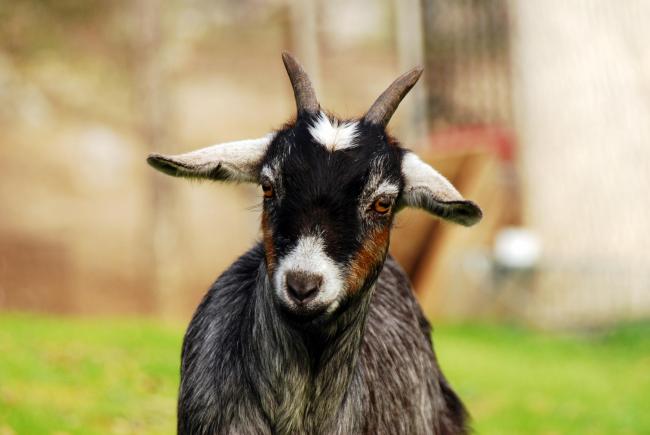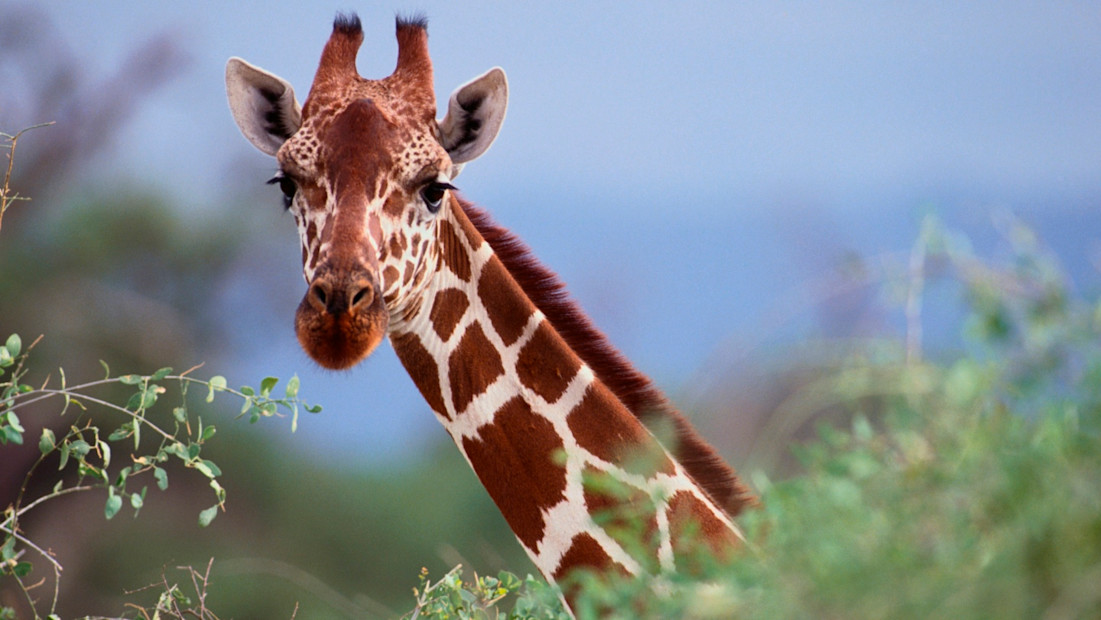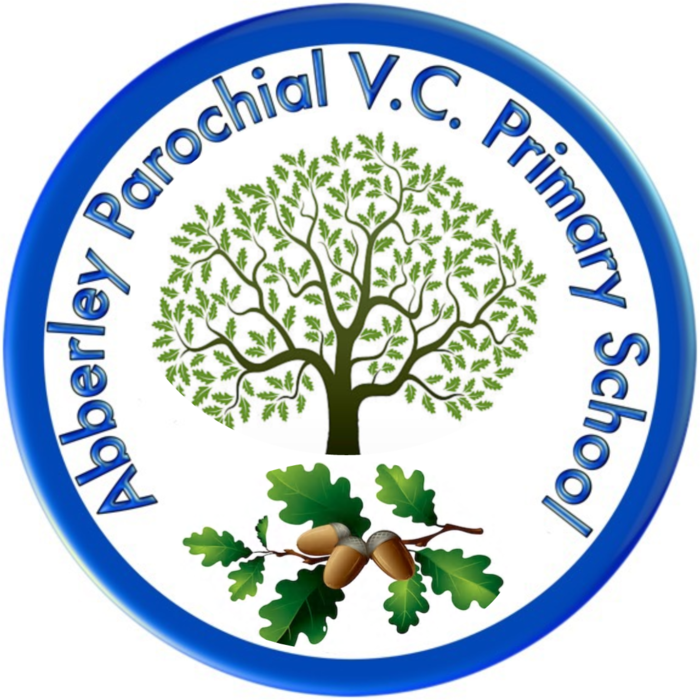Wednesday 24th June
Hello Wrens
Are you ready for your learning today. Let's start with our phonics.
Phonics.
Reception.
Log onto Phonics play using the link below and select phase 3 and then scroll down to have Flashcards speed trial. Choose the 1 minute timer. Have 3 goes. Can you beat your time?
Today our sound is bl. I wonder what Purvis and Mickey Thompson might find on their trip around the house today. Can you see what colour the t shirt is? Do you know what character is on the t shirt?

Can you have a go at writing down the colour of the t-shirt? I wonder what else they could have found which starts with that sound.
Blending for reading - Print off the bl board game below and practise reading your bl words as you move around the board.
Segmenting for spelling - have a go at the cut and stick sheet below, using your sounds to spell the words correctly.
Year 1.
Log onto Phonics play using the link below and select phase 3 and then scroll down to have Flashcards speed trial. Choose the 1 minute timer. Have 3 goes. Can you beat your time?
Today we are going to look at our second letter which has hard and soft sound - g
A hard g sound occurs in words like goat 
A soft g makes a j sound in words like giraffe 
Blending for reading - On Phonics play using the link above - choose Phase 5 followed by Cheeky Chimps. Select g to practise your soft and hard g sounds.
Segmenting for spelling - Using the sheet attached below read each word carefully and decide whether it contains a soft or a hard g sound. Then use the words to write a story about a giraffe and a goat.
Maths.
Reception.
Yesterday we started to learn about our number bonds to 10. Let's warm up by singing our song about them again. The powerpoint is attached below.
Now let's have a game of ping pong. Can you remember how to play from last week?
This time we are going to use both our hands. I am going to ping you a number on my fingers and you are going to pong back to me how many fingers we need to make 10.
For example, if I ping you 4 fingers. How many more do we need to make 10? 
That's right you need to pong me back 6 fingers. 
Parents - by practising number bonds like this it will help your child to become more fluent.
Now you're going to need your counters - 10 of each colour. See how many different ways you can make 10 using your counters. Remember you can only have 10 in total. Look Mickey Thompson and Purvis have started you off. Can you write the number sentences like they have done?




Year 1.
Yesterday we learnt about the part whole model strategy for addition. Today we are going to be looking at adding by using counting on. Remember when we are counting on we pick up the first number and put it in our head and then count on from that number - we do not need to start again from 1. Work through the video below to practise this skill.
This is a really useful skill because we can use it when we are adding quite big numbers. For example,
42 + 6 =
Remember we pick up the 42 and put it in our heads and then we just have to count on 6 using our fingers to help us.
43, 44, 45, 46, 47, 48 - Our answer is 48.
What about this one?
4 + 27 =
This might seem a lot harder because 27 is a big number to count on and we don't have 27 fingers or even 27 fingers and toes! However, we learnt something about addition number sentences earlier in the week that can help us. Can you remember what it was?
That's right it doesn't matter what order we add the numbers in so we can swop the number sentence round.
27 + 4 =
That's much easier. We can now put the 27 in our heads and count on 4 using our fingers.
28, 29, 30, 31 - Our answer is 31.
If you feel you want some more practise at counting on have a go at the activity sheet below. If you are feeling confident try some of the challenge questions. Remember you may need to switch the number sentences round.
Parents - Choose either Set A or Set B to complete.
Topic.
Yesterday we were thinking about people who help us. Today we are going to be thinking about what we can do to help keep ourselves safe.
Watch the Fireman Sam video below - can you spot some of the dangers?
To keep ourselves safe we have to look out for dangers (hazards) and think what we could do to stop putting ourselves at risk (getting into danger). Have a look at the powerpoint below and discuss the situations. What is risky about them? What could the children do to make the situation safer?
Now use the link to play this interactive game, spotting hazards in the kitchen. Can you spot them all?
Spot the hazard kitchen activity
Now have a go at one or more of the spot the danger activity sheets below. There are 3 to choose from. Maybe you can design your own poster to tell us how to keep safe at home.
Best wishes
Mrs Lightfoot (and Purvis and Mickey Thompson)

